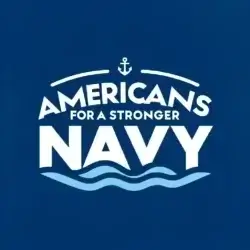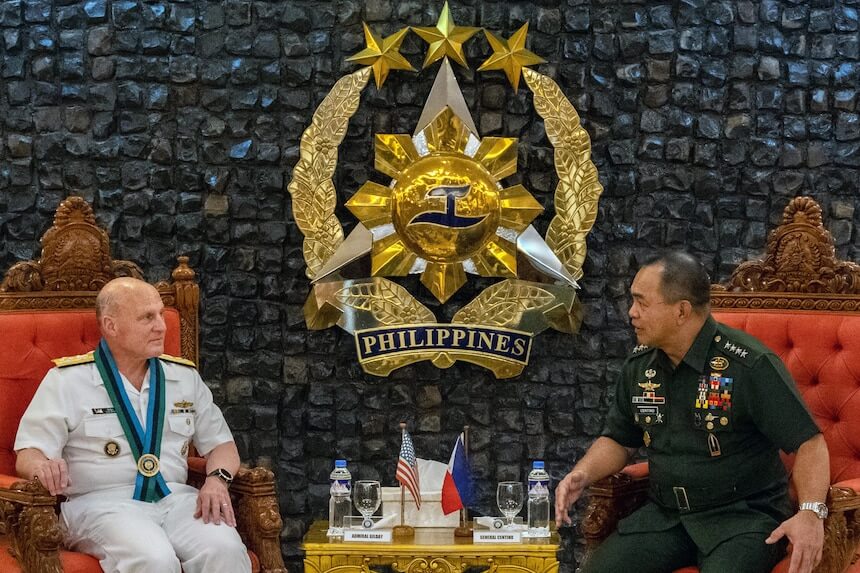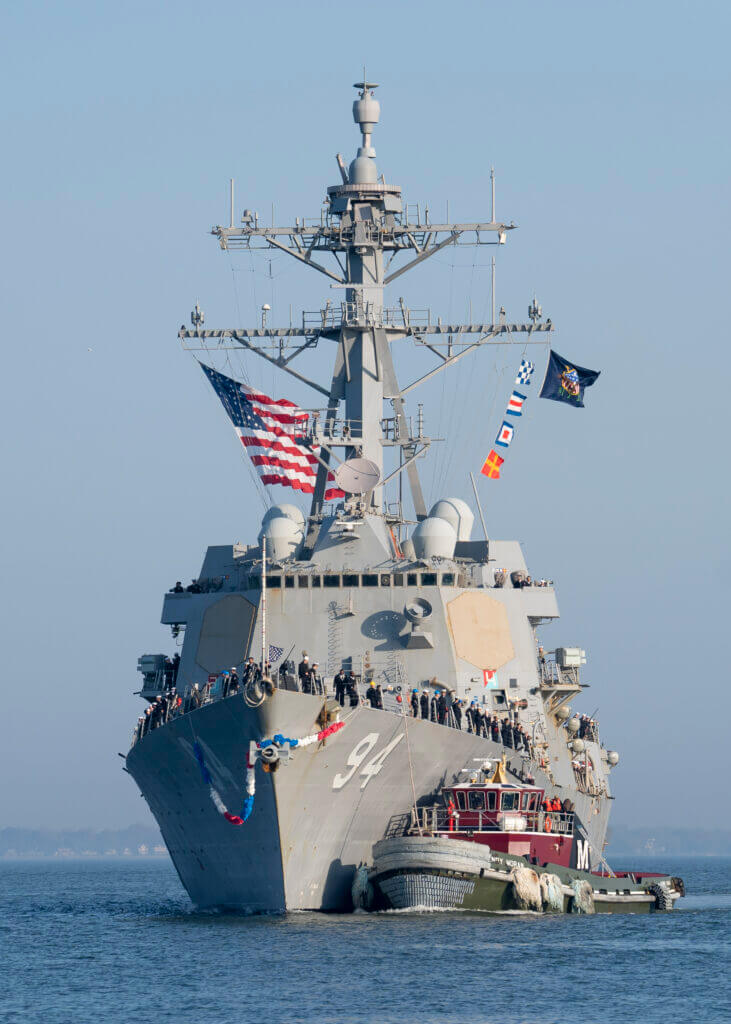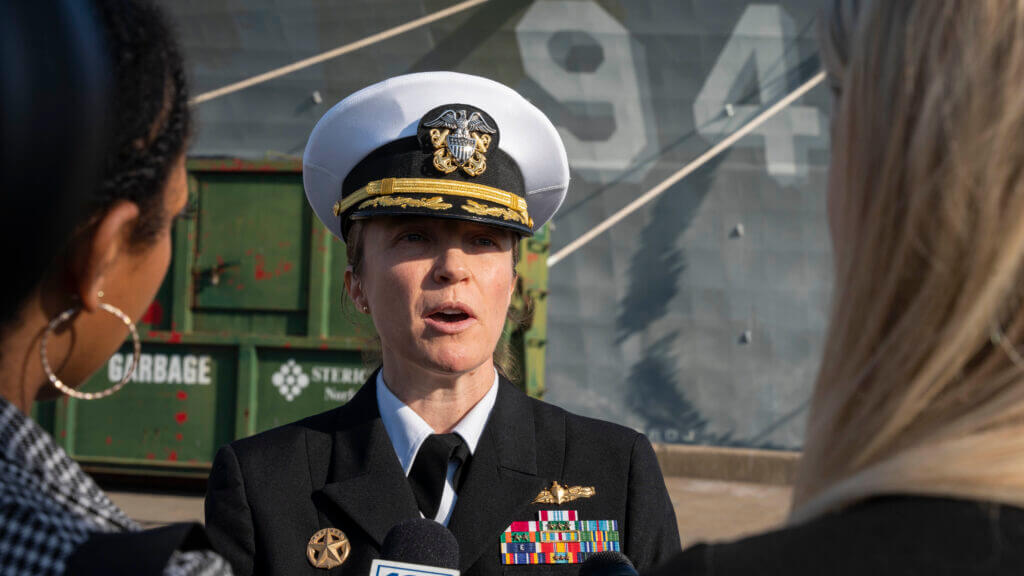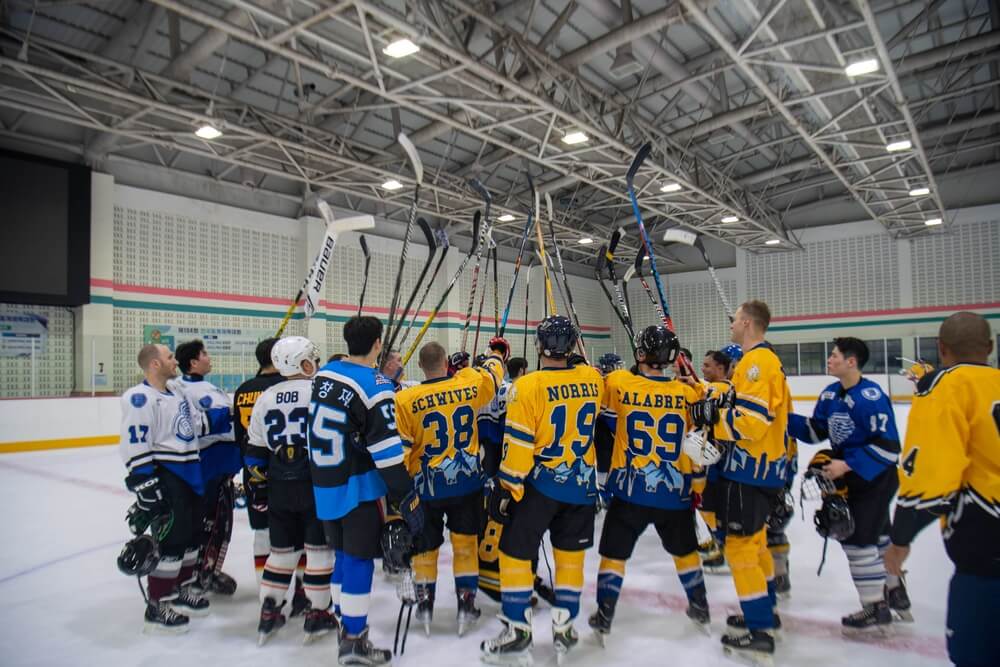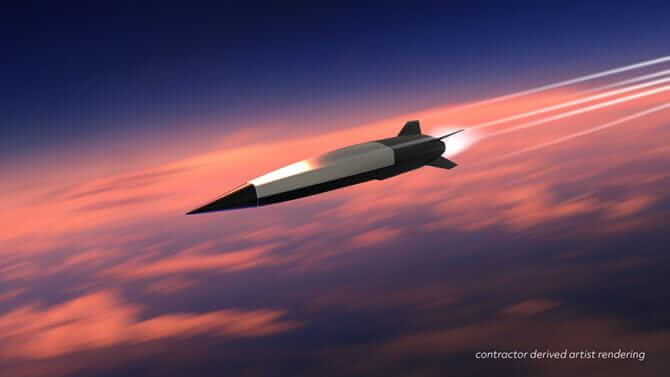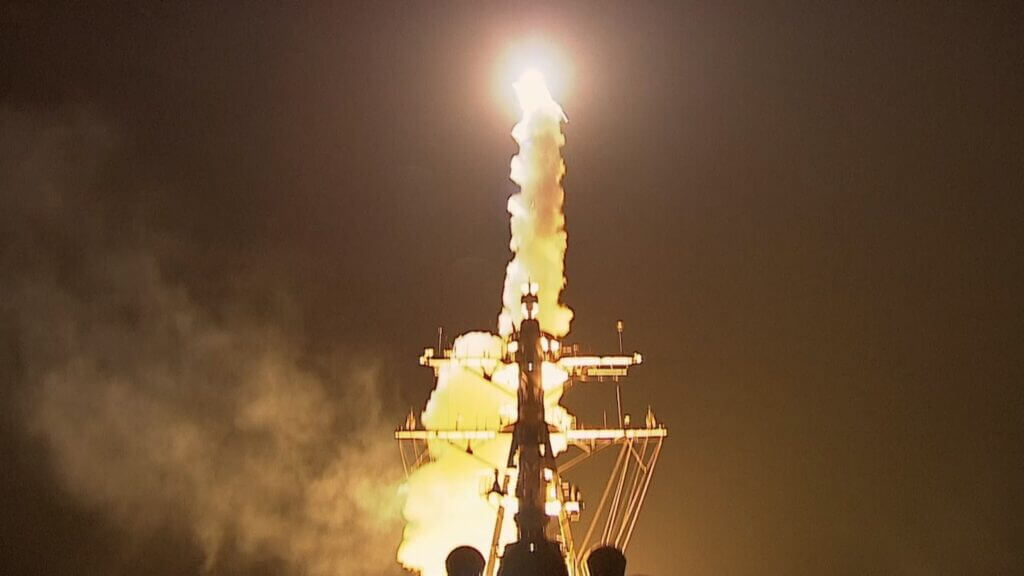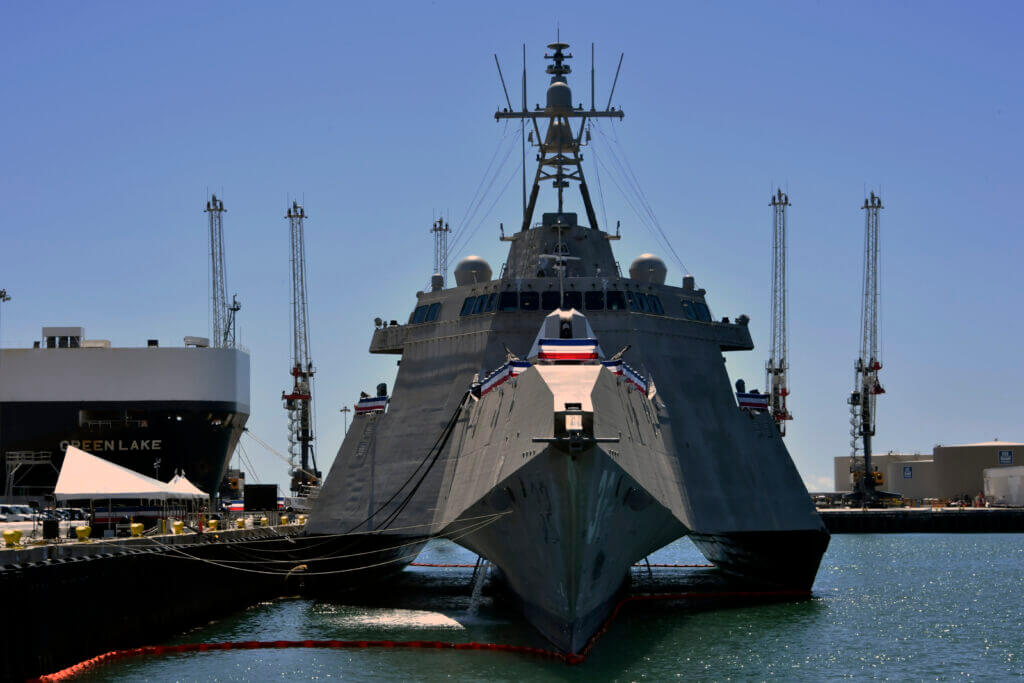Huntington Ingalls Inc., Pascagoula, Mississippi, is awarded a $1,295,000,013 fixed-price-incentive modification to previously awarded contract N00024-18-C-2406 for the procurement of the detail design and construction of the Amphibious Transport Dock ship, LPD 32, the third LPD 17 Flight II ship. Work will be performed in Pascagoula, Mississippi (82%); Crozet, Virginia (3%); Beloit, Wisconsin (2%); and New Orleans, Louisiana (2%), with other efforts performed at various sites throughout the U.S. (11%). Work is expected to be completed by September 2029. Fiscal 2023 shipbuilding and conversion (Navy) funding in the amount of $1,295,000,013 will be obligated at award and will not expire at the end of the current fiscal year. The Naval Sea Systems Command, Washington, D.C., is the contracting activity.
Northrop Grumman Systems Corp., Linthicum Heights, Maryland, is awarded a $235,904,196 firm-fixed-price modification to previously awarded contract N00024-20-C-5519 to exercise an option for production of Surface Electronic Warfare Improvement Program Block 3 Hemisphere Systems. Work will be performed in Baltimore, Maryland (55%); Tampa, Florida (8%); Andover, Massachusetts (5%); Chelmsford, Massachusetts (5%); San Diego, California (3%); Rochester, New York (2%); Los Angeles, California (2%); Stafford Springs, Connecticut (2%); Glendale, Arizona (1%); Elk Grove Village, Illinois (1%); White Marsh, Maryland (1%); Tucson, Arizona (1%); Chandler, Arizona (1%); Washington, North Carolina (1%); Woodridge, Illinois (1%); Richardson, Texas (1%); Minneapolis, Minnesota (1%); El Cajon, California (1%); Hiawatha, Iowa (1%); Littleton, Colorado (1%); Glendale, California (1%); Rolling Meadows, Illinois (1%); and other locations each less than 1% (4%), and is expected to be completed by December 2025. Fiscal 2023 shipbuilding and conversion (Navy) funds in the amount of $175,249,445 (74%); and fiscal 2023 other procurement (Navy) funds in the amount of $60,654,751 (26%) will be obligated at time of award and will not expire at the end of the current fiscal year. The Naval Sea Systems Command, Washington, D.C., is the contracting activity.
Raytheon Technologies Corp., Pratt and Whitney Military Engines, East Hartford, Connecticut, is awarded a $212,681,084 fixed-price incentive (firm-target) modification (P00031) to a previously awarded contract (N0001921C0011). This modification definitizes the existing contract and extends the period of performance to provide continued recurring sustainment, program management, financial and administrative, propulsion integration, engineering, material management, configuration management, software sustainment, security management, equipment management and product management support activities. Additionally, this modification definitizes and extends the period of performance to continue to provide joint technical publication updates, training, depot level maintenance and repair for all fielded propulsion systems at the F-35 production sites and operational locations for the Navy, Marine Corps, Air Force, non-U.S. Department of Defense (DOD) partners, and Foreign Military Sales (FMS) customers. Work will be performed in East Hartford, Connecticut (40%); Oklahoma City, Oklahoma (21%); Indianapolis, Indiana (12%); West Palm Beach, Florida (6%); Windsor Locks, Connecticut (6%); Brekstad, Norway (4%); Leeuwarden, Netherlands (3%); Iwakuni, Japan (3%); Williamtown, Australia (2%); Cameri, Italy (1%); Marham, United Kingdom (1%); and Fort Worth, Texas (1%), and is expected to be completed in November 2023. Fiscal 2023 operation and maintenance (Air Force) funds in the amount of $82,789,319; fiscal 2023 operation and maintenance (Marine Corps) funds in the amount of $35,970,027; fiscal 2023 operation and maintenance (Navy) funds in the amount of $14,356,701; FMS customer funds in the amount of $25,690,292; and non-U.S. DOD participant funds in the amount of $53,300,944 will be obligated at the time of award, $133,116,047 of which will expire at the end of the current fiscal year. The Naval Air Systems Command, Patuxent River, Maryland, is the contracting activity.
BAE Systems Land & Armaments L.P., Minneapolis, Minnesota, is awarded a $132,485,525 firm-fixed-price modification to previously awarded contract N00024-20-C-5380 for MK 41 vertical launching system (VLS) canister production and ancillary hardware. Work will be performed in Aberdeen, South Dakota (90%); and Minneapolis, Minnesota (10%), and is expected to be completed by November 2025. Fiscal 2023 weapons procurement (Navy) funds in the amount of $76,616,300 (58%); fiscal 2023 defense-wide procurement funds in the amount of $30,163,290 (22%); other customer funds in the amount of $12,690,500 (9%); fiscal 2023 research, development, test and evaluation (Army) funds in the amount of $9,213,700 (6%); fiscal 2023 procurement (Marine Corps) funds in the amount of $1,842,740 (1%); Fiscal 2021 weapons procurement (Navy) funds in the amount of $1,553,887 (1%); Foreign Military Sales funds (Japan) in the amount of $325,413 (1%); fiscal 2022 research, development, test and evaluation funds (Army) in the amount of $63,250 (1%); and fiscal 2022 procurement (Marine Corps) funds in the amount of $16,445 (1%) will be obligated at time of award, of which $1,617,137 will expire at the end of the current fiscal year. The Naval Sea Systems Command, Washington Navy Yard, D.C., is the contracting activity.
Raytheon Missiles and Defense, Tucson, Arizona, is awarded an $113,628,201 firm-fixed-price modification to previously awarded contract N00024-21-C-5406 for MK 15 close-in weapon system (CIWS) upgrades and conversions, system overhauls, and associated hardware. Work will be performed in Louisville, Kentucky (37%); Tucson, Arizona (13%); Mason, Ohio (6%); Williston, Vermont (5%); Hauppauge, New York (2%); Joplin, Missouri (2%); Radford, Virginia (2%); Palo Alto, California (2%); Andover, Massachusetts (2%); Van Nuys, California (1%); Anaheim, California (1%); Valencia, California (1%); Irvine, California (1%); Tempe, Arizona (1%) and various other locations each less than 1% (24%), and is expected to be completed by September 2026. Fiscal 2023 operations and maintenance (Navy) funds in the amount of $70,496,178 (62%), fiscal 2023 shipbuilding and conversion (Navy) funds in the amount of $41,316,038 (36%), fiscal 2021 weapons procurement (Navy) funds in the amount of $804,046 (1%), and fiscal 2022 weapons procurement (Navy) funds in the amount of $11,939 (1%), will be obligated at time of award, of which $71,300,224 will expire at the end of the current fiscal year. The Naval Sea Systems Command, Washington Navy Yard, Washington, D.C., is the contracting activity.
DRS Systems Inc., Melbourne, Florida, is awarded a $26,000,000 modification (P00002) to a firm-fixed-price order (N0001922F1162) against a previously issued basic ordering agreement (N0001919G0030). This modification adds scope to procure 16 joint urgent operation need Weapon Replaceable Assembly Shipsets associated with the AN/AAQ-45 Distributed Aperture Infrared Countermeasures system configuration in support of the MH-60S for the Navy. Work will be performed in Dallas, Texas (55%); San Diego, California (43%); Fort Walton Beach, Florida (1%); and Melbourne, Florida (1%), and is expected to be completed in March 2025. Fiscal 2023 aircraft procurement (Navy) funds in the amount of $26,000,000 will be obligated at the time of award, none of which will expire at the end of the current fiscal year. The Naval Air Systems Command, Patuxent River, Maryland, is the contracting activity.
Lockheed Martin Space, Titusville, Florida is being awarded a $20,941,008 cost-plus-fixed-fee level-of-effort and completion type contract modification (P00002) to previously awarded contract N0003022C2023 for engineering, technical support services, operational support hardware and consumable spares for the Fleet Ballistic Missile Program. Work will be performed in Denver, Colorado (24.64%); Valley Forge, Pennsylvania (23.30%); Cape Canaveral, Florida (23.21%); Titusville, Florida (9.75%); Sunnyvale, California (7.77%); Coulport, Scotland (4.19%); Kings Bay, Georgia (1.83%); and various locations below one percent (5.31%). Work is expected to be completed by March 31, 2025. Non-appropriated funds in the amount of $20,941,008 will be obligated on this award and no funds will expire at the end of the current fiscal year. This contract was awarded as a sole source acquisition pursuant to 10 U.S.Code 2304(c)(4). Strategic Systems Programs, Washington, D.C., is the contracting activity.
Hexagon US Federal Inc. – Huntsville, Alabama, is awarded a $16,370,119 firm-fixed-price delivery order (N00024-23-F-4125) for surface ship Situational Awareness, Boundary Enforcement and Response (SABER) land-based site equipment under indefinite-delivery/indefinite-quantity contract N00024-19-D-4114. Work will be performed in Huntsville, Alabama, and is expected to be completed by October 2024. Fiscal 2023 other procurement (Navy) funds in the amount of $11,490,113 (70.2%); fiscal 2023 ship construction (Navy) funds in the amount of $3,559,293 (21.7%); and fiscal 2023 research, development, test and evaluation (Navy) funds in the amount of $1,320,713 (8.1%) will be obligated at the time of award. This contract was not competitively procured as it is a delivery order off of a single award contract. The Naval Sea Systems Command, Washington Navy Yard, Washington, D.C., is the contracting activity.
American Bureau of Shipping (ABS), Spring, Texas, is awarded a $15,922,961 modification under a previously awarded firm-fixed-price contract (N3220522C4029) to fund and exercise Option Year 1 for continuous supportive engineering and technical services to audit ships and conduct plan reviews to verify, confirm and document that Military Sealift Command’s government-owned, government-operated fleet and government-owned, contract-operated fleet of are maintained in class or can be placed in class with ABS. The Navy’s Military Sealift Command, Norfolk, Virginia, is the contracting activity.
L3 Harris Technologies Inc. – Interstate Electronics Corp., Anaheim, California, is awarded a $15,798,147 cost-plus-fixed-fee and cost-plus-incentive-fee modification (P00015) under previously awarded contract N00003022C2001 for services and support for flight test instrumentation systems. Work will be performed in Anaheim, California (55%); Cape Canaveral, Florida (31%); Washington, D.C. (8%); Barrow-in-Furness, United Kingdom (3%); and Groton, Connecticut (3%). Work is expected to be completed Sept. 30, 2025. Fiscal 2023 shipbuilding and conversion (Navy) funds in the amount of $4,449,557; and fiscal 2023 other procurement (Navy) funds in the amount of $9,009,302 will be obligated at the time of award. No funds will expire at the end of the current fiscal year. The total obligated dollar value of the modification is $13,458,859 and the total cumulative face value of the options exercised is $15,798,147. This contract was awarded on a sole source basis under 10 U.S.Code 2304(c)(1) and was previously synopsized on the System for Award Management online portal. This contract award also benefits a foreign military sale to the United Kingdom. Strategic Systems Programs, Washington, D.C., is the contracting activity.
Northrop Grumman Corp., Charlottesville, Virginia, is awarded a $15,723,200 firm-fixed-price and cost-only modification to previously awarded contract N00024-23-C-5234 to exercise options for surface and submarine inertial sensor module (ISM) configurations and material for engineering support for the navigation program. Work will be performed in Charlottesville, Virginia, and is expected to be completed by January 2025. Fiscal 2023 other procurement (Navy) funds in the amount of $11,724,162 (75%); fiscal 2023 shipbuilding and conversion (Navy) funds in the amount of $1,949,519 (12%); fiscal 2022 shipbuilding and conversion (Navy) funds in the amount of $1,949,519 (12%); and fiscal 2022 other procurement (Navy) funds in the amount of $100,000 (1%) will be obligated at the time of award and will not expire at the end of the current fiscal year. The Naval Sea Systems Command, Washington, D.C., is the contracting activity.
Raytheon Missiles & Defense, Tewksbury, Massachusetts, is awarded a $15,043,848 firm-fixed-price modification to previously awarded contract N00024-22-C-5522 for an option exercise of a technical refresh and a procurement of spares to support DDG 1000-class combat system activation, sustainment, and modernization. Work will be performed in Portsmouth, Rhode Island (44%); Largo, Florida (29%); Marlborough, Massachusetts (19%); and Nashua, New Hampshire (8%), and is expected to be completed by January 2026. Fiscal 2023 other procurement (Navy) funds in the amount of $5,575,427 will be obligated at time of award and will not expire at the end of the current fiscal year. The Naval Sea Systems Command, Washington, D.C., is the contracting activity.
Centerra Group LLC, Herndon, Virginia, was awarded $8,830,791 for a modification to indefinite-delivery/indefinite-quantity contract N62742-16-D-3600. This modification provides for the exercise of Option Period Seven for base operating support services at military and civilian installations within the Naval Facilities Engineering Systems Command (NAVFAC) Pacific area of operations. This award brings the total cumulative face value of the contract to $68,418,701. Work will be performed in the Republic of Singapore. This option period is from April 2023 to March 2024. Fiscal 2023 operation and maintenance (Navy); fiscal 2023 operation and maintenance (Air Force); and fiscal 2023 non-appropriated funds in the amount of $8,049,648 for recurring work was obligated at time of award and will expire at the end of the current fiscal year. NAVFAC Pacific, Pearl Harbor, Hawaii, is the contracting activity. (Awarded March 28, 2023)
Triton Marine Construction Corp., Bremerton, Washington, is awarded $8,593,939 firm-fixed-price task order (N4425523F4247) to repair saltwater distribution and compressed air lines at Dry Docks 4 and 5, Puget Sound Naval Shipyard. The work to be performed provides for returning the saltwater distribution and compressed air loop feed utility lines to new condition by complete replacement of the damaged piping and other system hardware. Work will be performed in Bremerton, Washington, and is expected to be completed by October 2024. Fiscal 2023 operation and maintenance (Navy) funds in the amount of $8,593,939 will be obligated at time of award, and will expire at the end of the current fiscal year. This task order was competitively procured via the Procurement Integrated Enterprise Environment website, with four offers received. The Naval Facilities Engineering Systems Command, Northwest, Bremerton, Washington, is the contracting activity (N44255-21-D-5008).
CORRECTION: The March 30, 2023, announcement of a $650,433,839 contract with Raytheon Co., El Segundo, California (N0001923C0037), included the wrong contract completion date. The work is expected to be completed in October 2026

